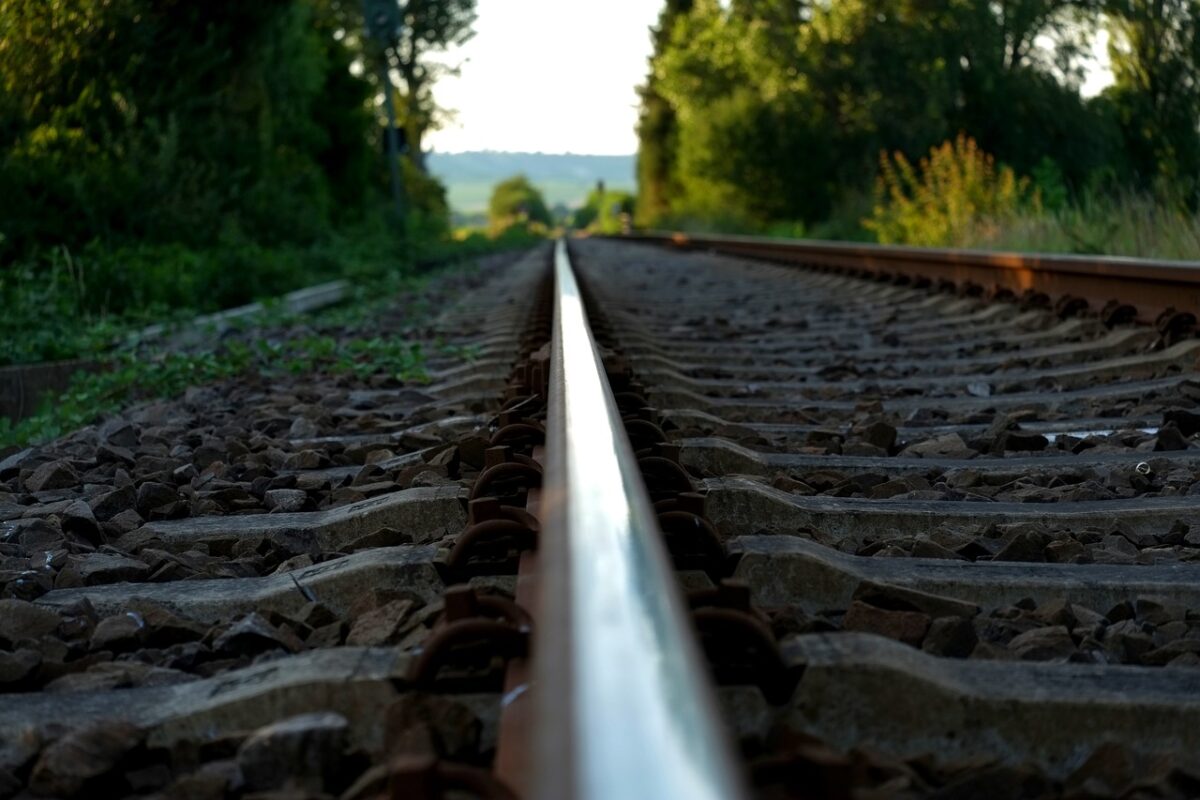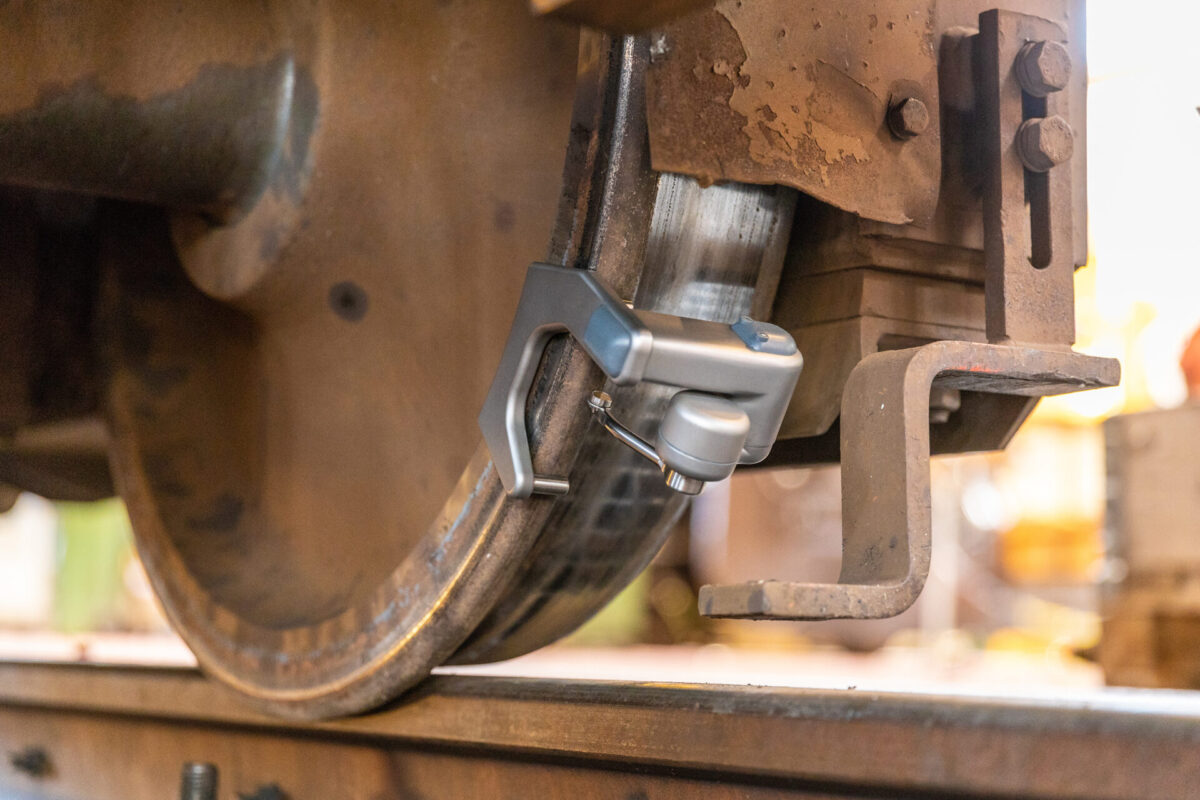For this critical week, where rail safety is highlighted to ensure rail users, rail workers and the general public are safe every day, it’s important to celebrate how safe we are today and what’s needed for an even better safety record on our railways. This blog identifies the calibration that CoMech undertakes to support the rail industry being as safe as possible as part of our contribution to Rail Safety Week.
The importance of rail safety
This week is Rail Safety Week #RSW24, a whole week of events and initiatives connecting the rail industry on a national level. This year with the theme “Building Safety Together” which is critical to ensure everyone in the UK understands how to behave on and around the railways whether they are critical rail engineers, train drivers, railway workers, children, passengers and just all of the public.
In their own words they say this about rail safety week:
“Rail Safety Week is an industry wide and industry led initiative focusing on rail safety for all. Whether your career lies within the rail industry, or whether you use the railways to get from A to B – safety affects us all. Rail Safety Week (RSW) aims to bring rail safety to the forefront of people’s minds across a dedicated week; keeping safety firmly in the spotlight and sharing ideas and best practice across industry colleagues.”
This article from the International Railway Safety Council Common Risks Managed by the Railway Safety – IRSC (international-railway-safety-council.com) highlights a variety of common risks of rail. Included in this is everything that has commonly happened in the past that has resulted in injury, a near miss or worse death. Taking railway stations and the key risks that surround that area of rail – like slips, trips and falls on areas like stairways plus the even greater risks around alighting and boarding the train – through to derailments, level crossing management, trespassing, dangerous goods movement using rail freight and the high risks that railway workers face daily simply undertaking their job.
This article crystallises the reason why Rail Safety Week is a key week in our calendar.
Calibration for rail safety
Calibration is a critical aspect of keeping the nation’s rail industry safe and efficient operationally. Precision in measurements and instrumentation is paramount in this sector, where even minor deviations can lead to significant safety risks. Calibration involves adjusting and verifying the accuracy of instruments and equipment such as track measuring devices, signalling systems, and rolling stock components to ensure they meet defined standards.

Proper calibration (often UKAS but sometimes traceable) helps in maintaining the integrity of these systems, preventing accidents and ensuring smooth operations. For example, track geometry measurements, which include parameters like gauge, alignment, and elevation, must be precisely calibrated to detect and rectify any anomalies that could compromise train stability and passenger safety.
The importance of calibration extends to the maintenance of rolling stock, where components such as brakes, wheels, and suspension systems require regular checks and adjustments to operate within safe limits. Faulty or uncalibrated equipment can lead to breakdowns, delays, or, in the worst-case scenario, catastrophic failures. The rigorous calibration protocols followed by the rail industry in the UK reflect a commitment to safety and reliability, underpinned by stringent regulatory standards and continuous monitoring. These practices are essential not only for daily operations but also during emergency situations, where the reliability of calibrated systems can make the difference between a minor incident and a major disaster.
Calibration is a foundational element of the UK rail industry’s safety framework. It ensures that all equipment and systems function correctly, preventing accidents and ensuring reliable service.
Measurements for rail safety
CoMech are the UK’s sole distributor and calibrator for the Greenwood Engineering MiniProf range. MiniProf BT Rail is a high precision, lightweight and portable tool for performing fast and reliable cross-sectional rail profile measurements to monitor and analyse the wear of rails. It is equipped with Bluetooth, has an option for cable connection and is available for all type of rails, including grooved rails. Magnetically attached to the top of the railhead, the rail profile and track gauge is measured in one single measurement in less than 5 seconds.
The MiniProf Envision software visualizes and calculates residuals and areas automatically and provides special functionalities which is often used for rail grinding analysis. Measurements can be compared in multiple ways and are easily exported to various formats. The MiniProf Envision software can log GPS locations for each measurement taken and attach onsite photographs to the particular measurement. This is very useful to identify special points of interest along the rail track. The MiniProf Envision software includes a measuring scheme system to perform large sequences of wheel, rail and brake profiles. The intelligent scheme wizard enables the user to make customised scheme solutions to fit their individual requirements for fast, easy and efficient profile measurements.
MiniProf BT Rail is equipped with a telescopic rod using the opposite rail as reference which ensures a correct and stable position and prevents the instrument from tilting. Depending on the system configuration, the track gauge and profile measurement is provided simultaneous in one single measurement.

Rail measurements are vitally important for track safety as they ensure that the railway infrastructure operates within safe parameters, preventing accidents and enhancing the reliability of the rail network. Precise measurements of track geometry, including gauge, alignment, elevation, and curvature, are essential to detect and correct any deviations that might lead to derailments or other hazardous situations. Regular monitoring and accurate measurements help identify early signs of wear and tear, allowing for timely maintenance and repairs. This proactive approach minimises the risk of catastrophic failures, ensures smooth train operations, and upholds the overall safety and efficiency of the rail system. In essence, meticulous rail measurements are fundamental to maintaining the structural integrity and safe functioning of railway tracks, thereby safeguarding passengers and freight and MiniProf makes measuring easy!
Rail Safety Week underscores the significance of safety measures, including calibration, within the rail industry. This initiative to raise awareness about the various aspects of rail safety among industry professionals, stakeholders and the public is brilliant for highlighting the best practices in safety management, emergency preparedness, and the role of technology in enhancing safety standards. It serves as a reminder of the ongoing efforts required to maintain and improve safety across the UK’s rail network. The event also provides a platform for sharing knowledge and innovations in safety practices, including advancements in calibration techniques and equipment, thereby fostering a culture of continuous improvement and vigilance.
For more information about what the rest of the industry is doing to mark this week, check out the Rail Safety Week page on LinkedIn.

